Monday 16th September 2019
The video’s that are contained here is the raw footage shot on Safari – no editing has taken place. Feel free to go and view but bear this in mind; some of them are rather long and there are one or two that will not be included once the editing has taken place.
Google maps does not compute routes in the air (!) so the flights shown here are the equivalent by road – it shows the relative position of start and destination at least!
Tuesday, 17th September – Home to Heathrow, to Nairobi, to Hotel
Home to Heathrow with Roy, local taxi driver

Roy picked us up at 05:30 in order to beat the car park nature of the M25 and also to get back in time for his school runs.
Uneventful journey and Roy’s plan worked as comparatively speaking there was little traffic around. Roy said he was going to avoid the M25 on the way back.
BA65, T3, Heathrow for Nairobi Airport, Kenya
Flight timings: 10:20 – 21:00 – Both local times (Kenya is 2 hours ahead of the U.K.)

Inside the Terminal and airside we bought a new Canon camera body (E.O.S. 6D Mk2 ICB) (whatever that means) and good telephoto lens (Canon EF100-400mm CB) (?).
Digital Camera World’s review, which we read over breakfast before buying were:
DCW VERDICT:
Camera: The EOS 6D Mark II is a major step forward from the original 6D, but more in operational speed and performance than outright image quality. It’s a terrific camera to use, but its price puts it up against a number of strong cameras. It’s a really good all-rounder, which would make a great ‘first’ full-frame DSLR.
Lens: The EF 100-400mm f/4.5-5.6L IS II USM is a “compact, high-performance 100-400mm zoom lens that’s ideal for those shooting sports, action and wildlife photography.” It has a 4-stop image stabilizer on board which, coupled with its high-quality optics, delivers superb sharpness.
So we bought the camera and the lens on the basis it was crazy to go on Safari without one. Tim had previously said he wanted to get back into photography and Debbie wanted to use the camera but with a macro-lens, for close up work.

Nairobi Airport to Tamarind Tree Hotel, Nairobi with Jackson
We had an evening arrival into Nairobi’s Jomo Kenyatta International Airport at 21:00. After completing entry formalities and collecting our luggage, we were met by our representative from Benroso Safaris, Jackson

Jackson briefed us and transferred us to the Tamarind Tree Hotel where we stayed overnight in a suite


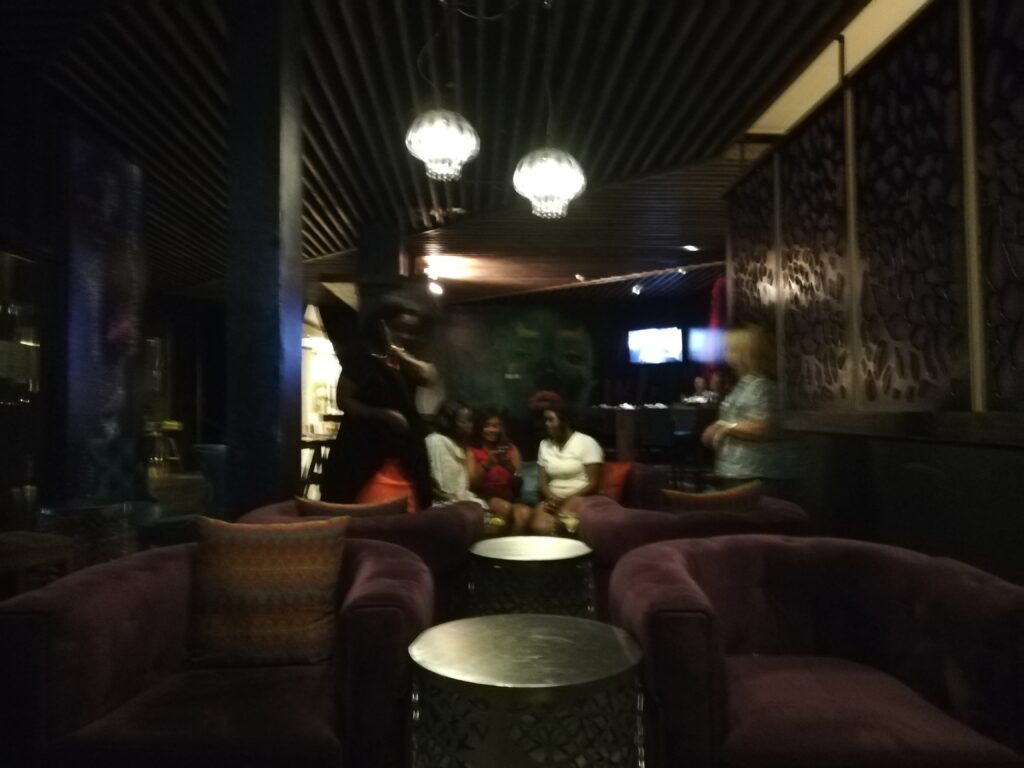
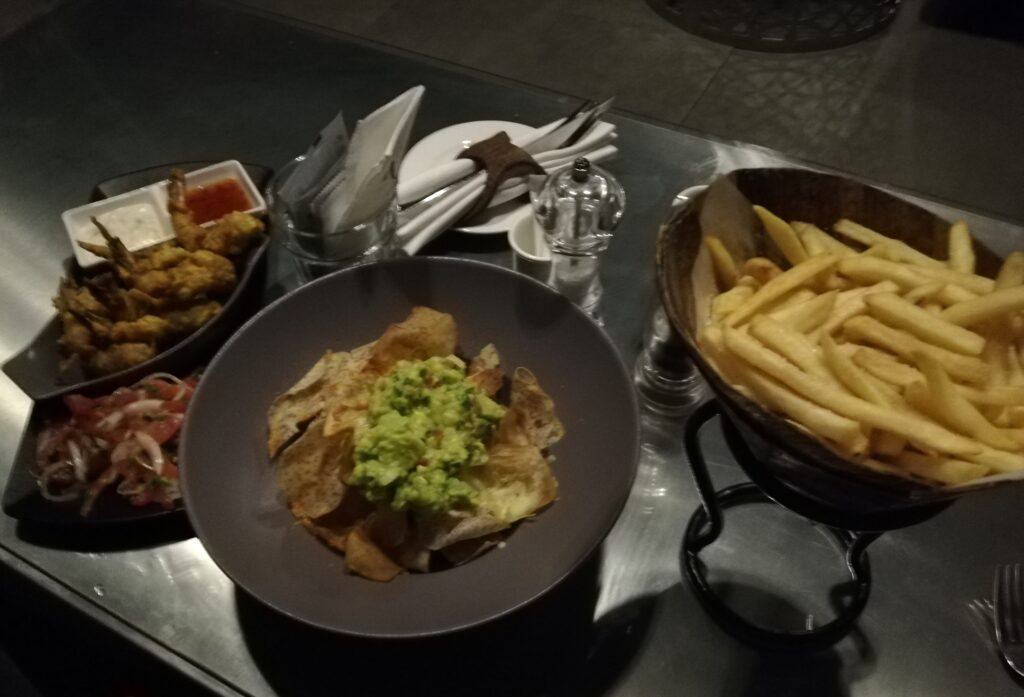
Wednesday 18th – Wilson Airport, Nairobi to Airstrip in Ol Pejeta Conservancy and Game Drive
Morning – Transfer to Kicheche’s Camp Site within the Ol Pejeta Conservancy, Laikipia County in the Central Highlands of Kenya (North of the Masai Mara).
After breakfast we met up with Jackson and transferred to the nearby smaller Wilson Airport. Here, after check-in, we boarded the scheduled SafariLink light aircraft flight which departed at 10:20, to the Ol Pejeta Conservancy. There are 47 counties within Kenya and Laikipia is almost the size of Wales.
The flight took around an hour and we were luckily the first stop. There were two other stops after us, all within 10 minutes of each other and from us.


Tue 17th – Heathrow to Jomo Kenyatta, Nairobi Airport
Wed 18th – Nairobi Wilson Airport to Kamok Bush Airstrip, Nanyuki. (Safari)
Sat 21st – Kamok Bush Airstrip to Mara North Bush Airstrip, Masai Mara. (Safari)
Wed 25th – Mara North Bush Airstrip to Diani/Ukunda Airport, Mombassa. (Beach Bummin’)
Mon 30th – Diani/Ukunda Airport return to Nairobi Wilson Airport, then return to Nairobi Jomo Kenyatta Airport and flight home

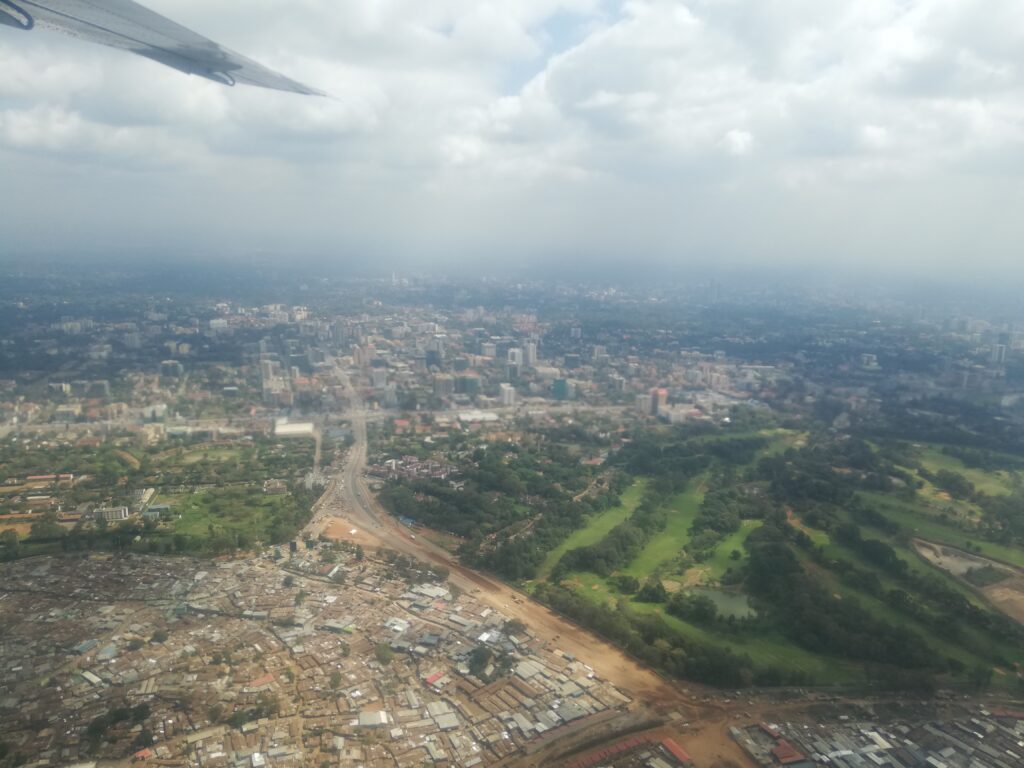
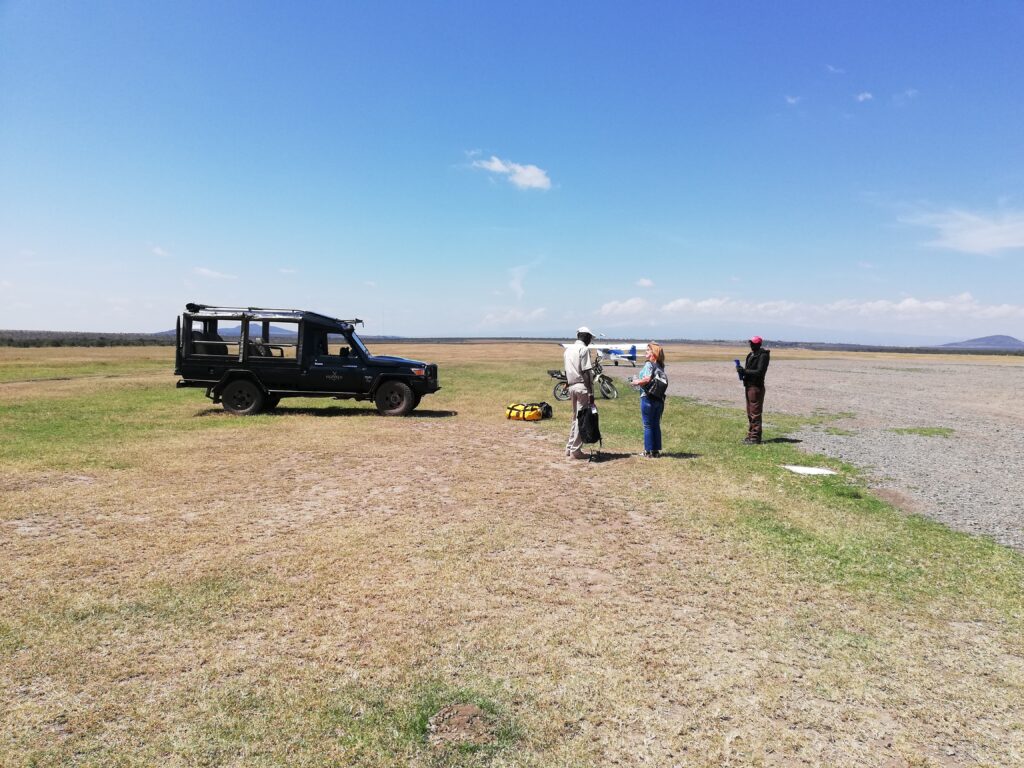
We arrived at Kamok Bush Airstrip at around 11:30 where we met Peter, our Guide for the stay at this Game Lodge and then travelled to Kicheche’s Camp Site with game-viewing en route. Kicheche is the organisation with several camp sites in Kenya, we stayed at two of them.


A nice touch was to be given metal water containers each with our names on.
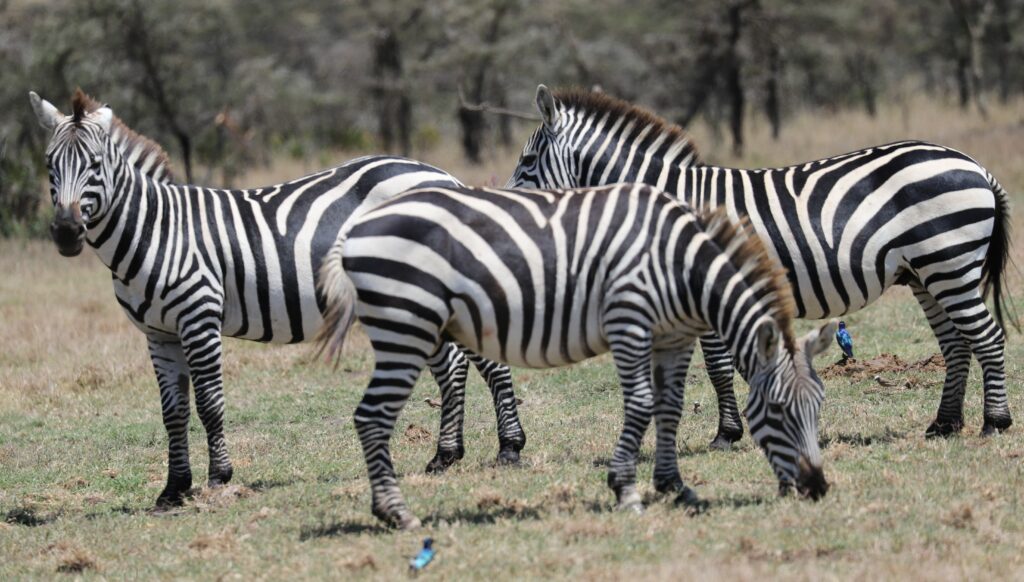

The Conservancy permits the rearing of domesticated cattle. This and income from Tourism helps support community development. The cattle are all kept in a secure enclosure with guards in place to prevent loss to lions etc.
Ol Pejeta Conservancy – Introduction
The Ol Pejeta Conservancy straddles the equator, covers an area of over 100 000 acres and incorporates the former Sweetwaters Game Reserve. Owned by the Fauna and Flora International, the conservancy aims to generate profit from wildlife tourism and complementary activities (such as cattle rearing) for reinvestment into community development in the local area.
The terrain is primarily one of undulating plains interspersed with glades of euclea and olive woodland. The Ewaso Nyiro River bisects the reserve creating wetland areas which are popular with elephant and a range of waders including hippo’s.
Wildlife viewing within the conservancy is incredible, especially for black rhino whose density numbers are higher here than anywhere else in Africa. Other species likely to be encountered include white rhino, Defassa waterbuck, Jackson’s hartebeest, elephant, buffalo, lion, cheetah, leopard, hyaena, warthog, Anubis baboon, vervet monkey, greater l<udu, eland, impala, Bohor and Chandlers reedbuck, Thomson’s and Grant’s gazelle, as well as some of the species normally found to the drier north – reticulated giraffe and Grew’s zebra. Smaller, nocturnally active species, include genet, caracal, honey&94ger, zorille etc.
Within the former Sweetwaters section is the chimpanzee sanctuary where rescued animals are given the chance to live as near to the wild as possible. There is also a Research Centre.
Ol Pejeta is also home to the last two remaining northern white rhino who were shipped out to the conservancy from a zoo in Prague and live in the enlarged predator free ‘endangered species boma’ for additional protection. There are scientific studies and a breeding programme taking place to try and elevate numbers. As they were captive animals, feeding still takes place and we joined one of the 4 p.m. feed to see these rare animals close up. Other endangered species found in the boma are Grew’s zebra and the Jackson’s hartebeest, both of which are being monitored for breeding purposes.
The birdlife is superb, with over 500 species recorded.
To the east of the reserve is towering Mount Kenya, Africa’s second highest mountain with its snow-capped peaks.
Kicheche Laikipia (Our Campsite) – Introduction
We stayed at this Camp for three nights with our accommodation being typical of that in the bush – a tent! Tent does does not really describe the accommodation as they we big and well appointed.
As usual for this type of accommodation it was fully inclusive.
Three nights were spent at Kicheche Laikipia in a double tent with the varied activities hosted by Kicheche’s experienced guides, Peter being ours.
Kicheche Laikipia is situated in the heart of the Ol Pejeta Conservancy, nestled at the foot of indigenous forest and overlooking a large waterhole which attracts a wide range of animals throughout the day (and night). Each of the six luxurious mosquito proof tents has en suite facilities consisting of a flush 100, hot and cold running water for the shower and double vanity, and a large L-shaped bedroom section with a dresser, double or twin beds, and comfortable seating.
Lighting and charging points are provided through solar power in the tents. There is a spacious family tent with one double and two single beds. To the fore of each tent is a verandah with comfortable chairs where guests can sit, relax and enjoy the views of the waterhole and plains beyond. From January 2020 there will be a new family suite comprising of two en suite bedrooms (one double and one twin) interconnecting via a central lounge area suitable for private dining if desired. The central areas are spacious a well-furnished lounge with cosy fireplace for those colder evenings, and a dining area. Meals are taken together and hosted by the camp managers (breakfasts and lunch are usually enjoyed al fresco). There is limited Wifi access.
Game viewing activities include day and night game drives, the latter focusing on nocturnal species not usually seen on regular day drives. Interpretative game walks are also permitted on the conservancy, which give guests a completely different perspective on the land, and such walks can also on request include tracking rhino.
Afternoon – 16:45 ‘behind the scenes’ visit at the Sweetwaters Chimpanzee Sanctuary
Our first optional extra was to visit the ‘back of house’ at the Chimpanzee Sanctuary at feeding times where we eventually saw the arrival of the truck with food in it for the Chimpanzee’s tea.
It was hilarious to see their behaviour which took place long before we saw or even heard of the approaching vehicle.
They performed forward and backward rolls, jumped up and down and generally acted like lunatics until presented with their food.


Thursday 19th – Anti-Poaching and Lion Tracking
Morning – 08:30 with the Ol Pejeta Anti-Poaching Dog Unit



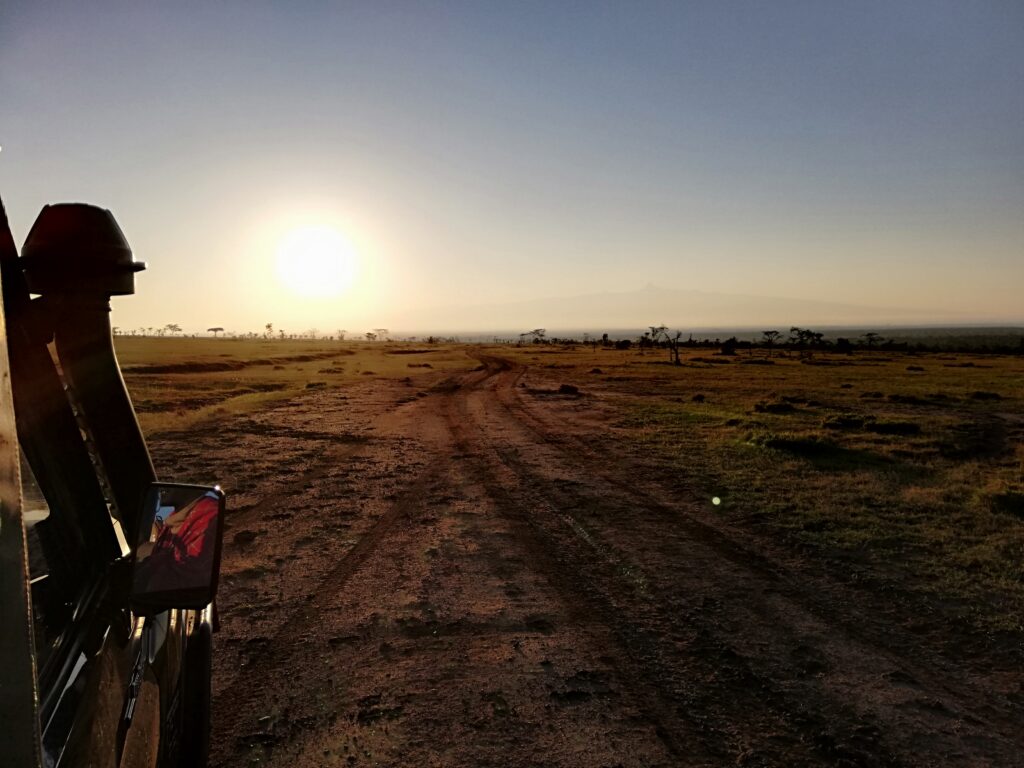












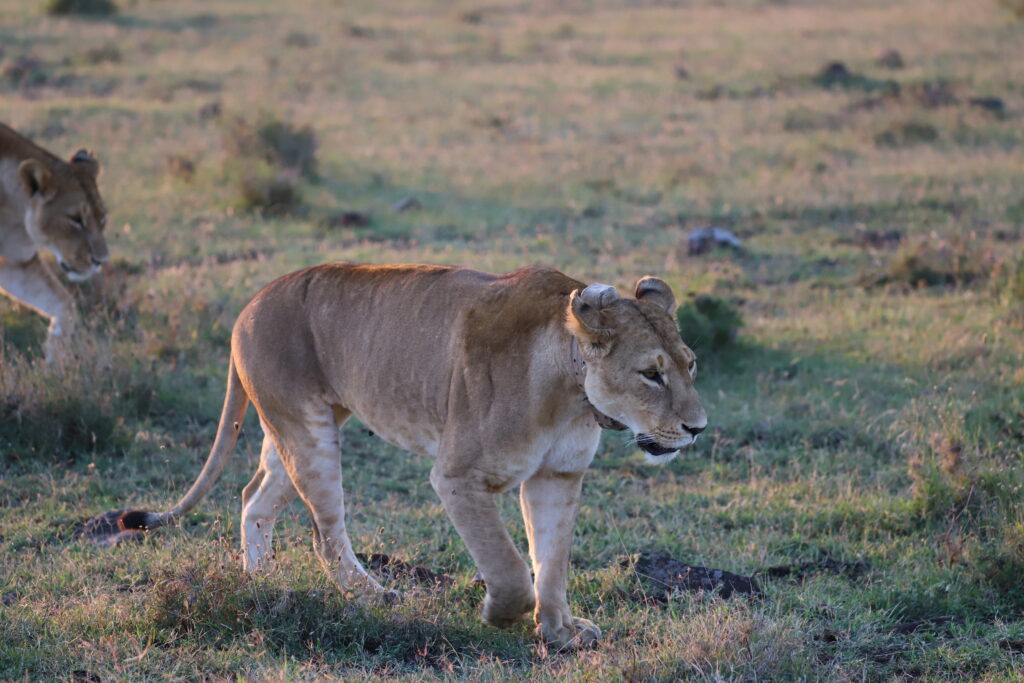

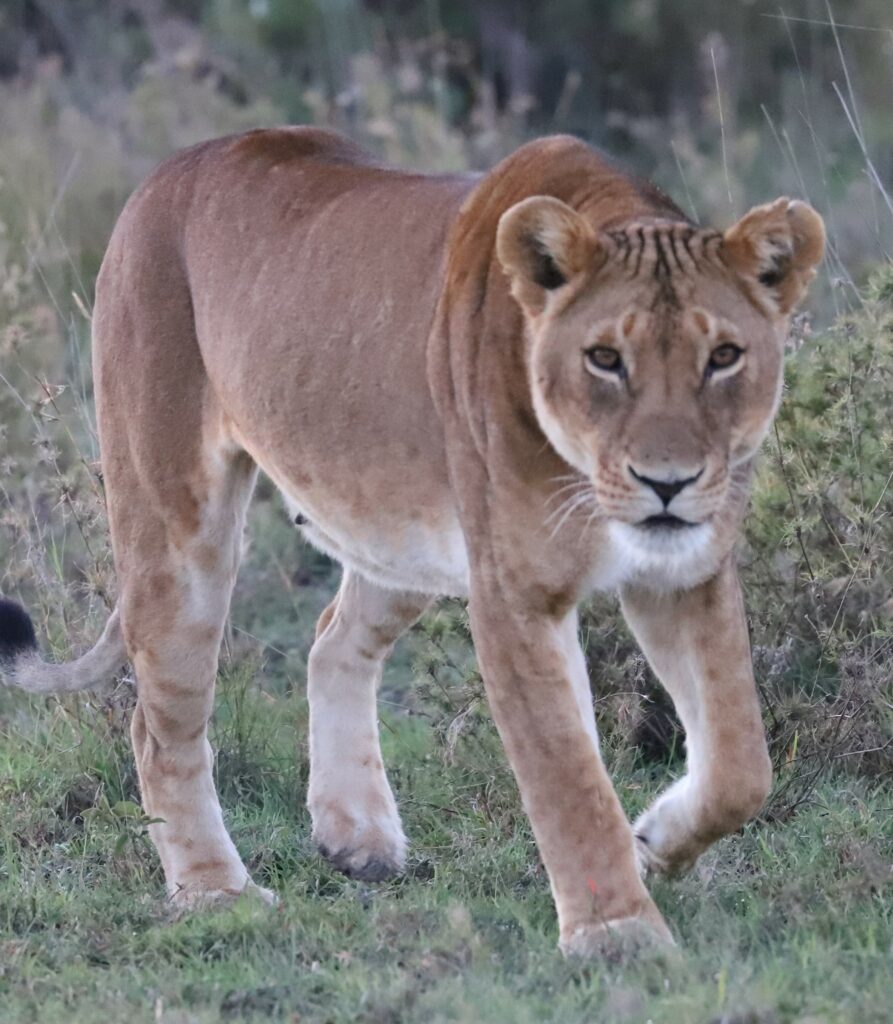



















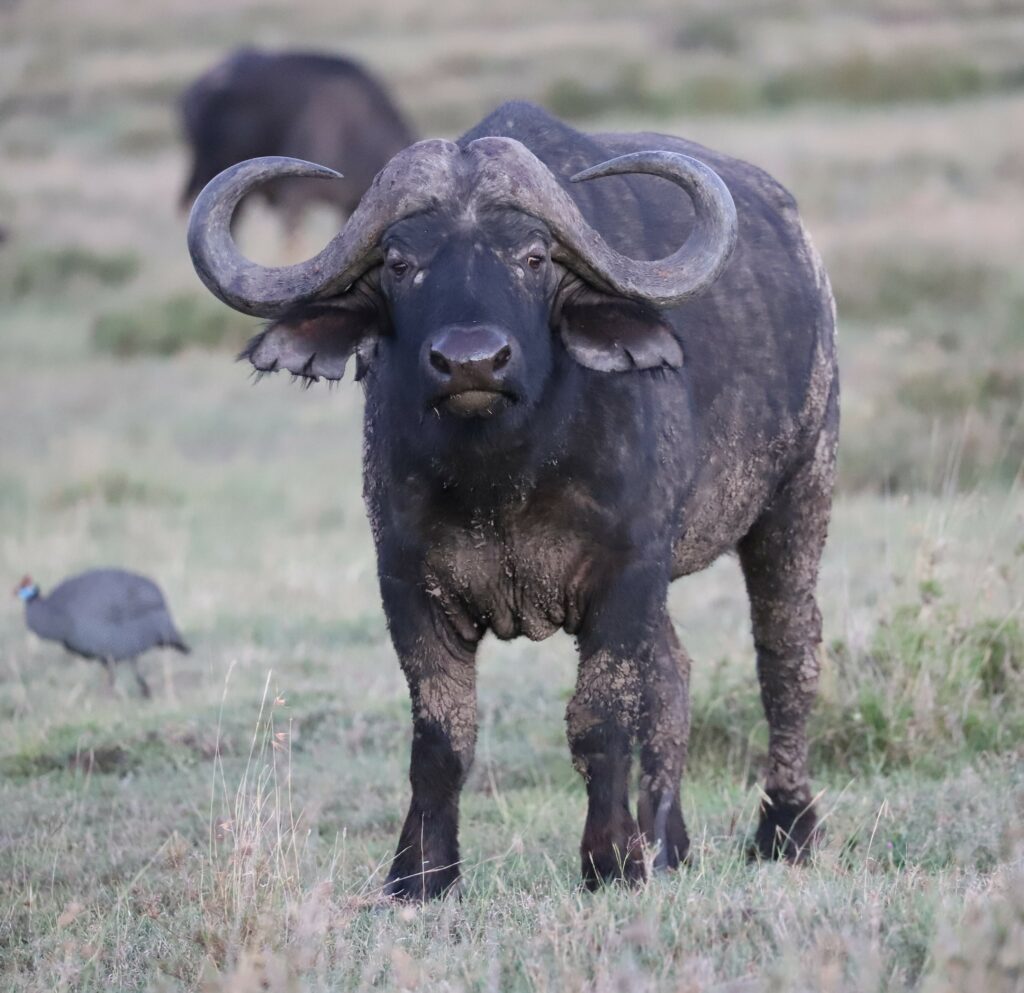




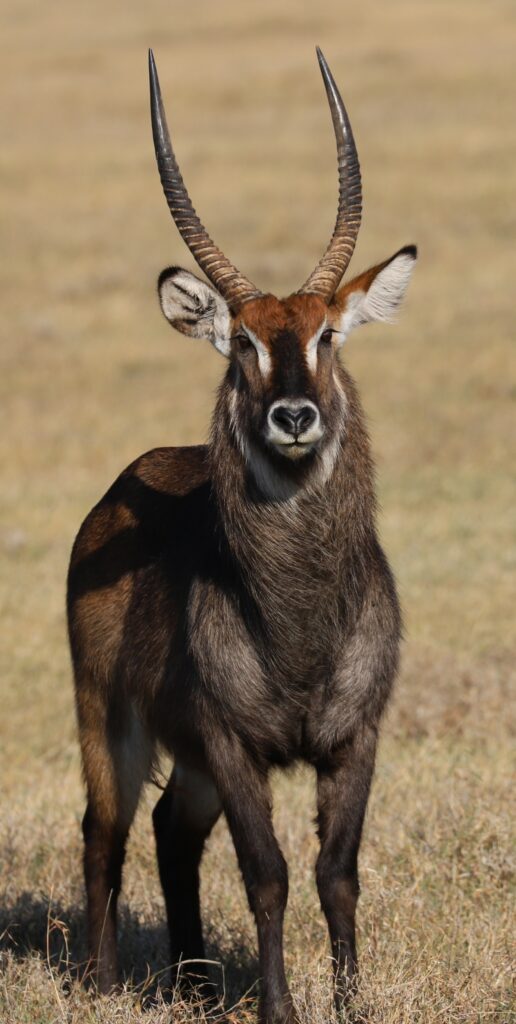

















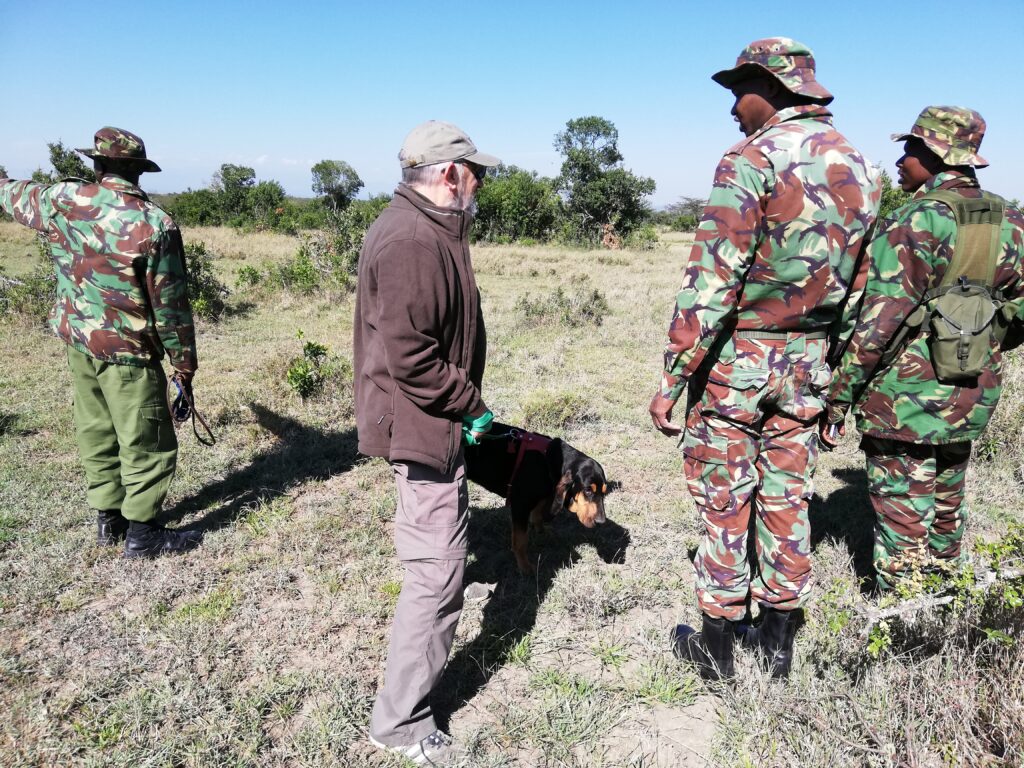
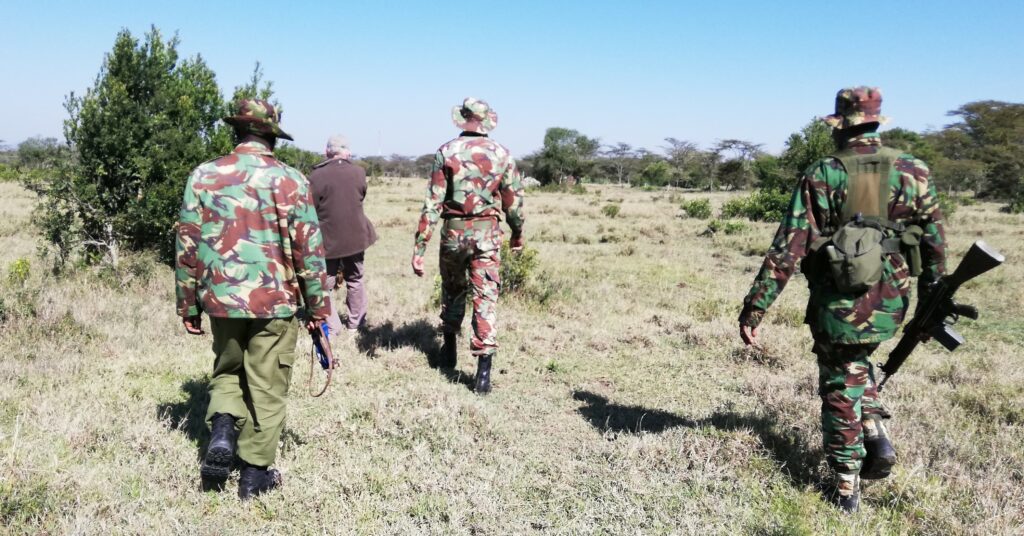
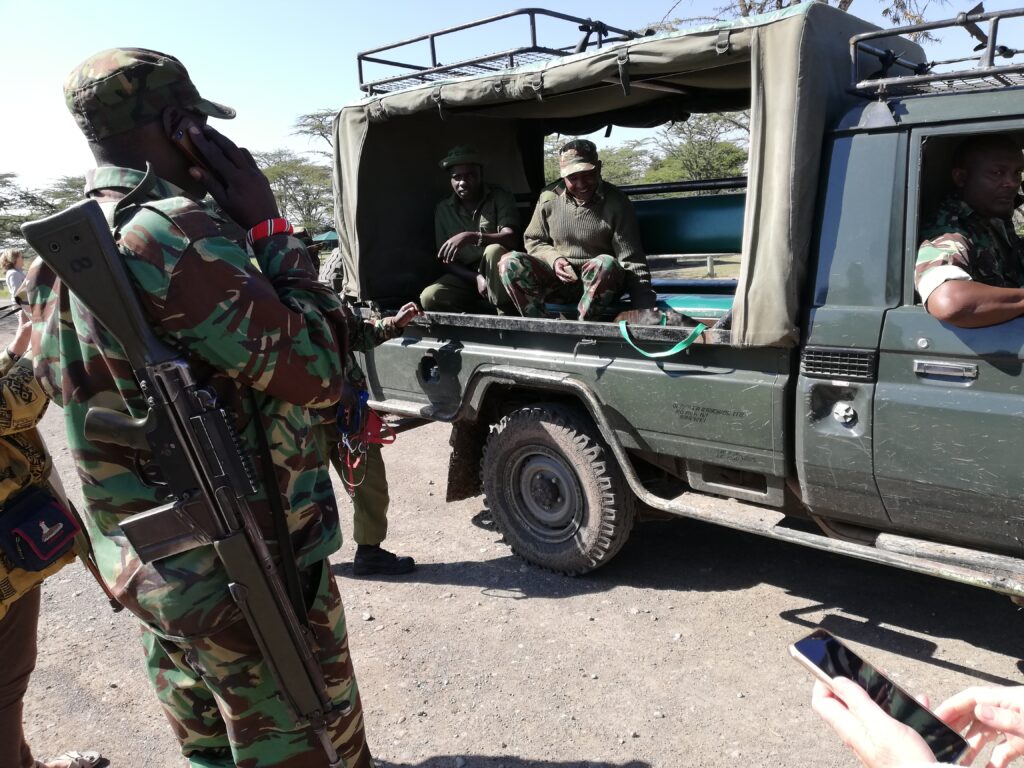









The sort of ride it was…..
Afternoon – 15:00 Lion Tracking activity
We joined the Team that track lions using radio collars.
We proceeded to track the lions which involved one of the guides standing in the front passenger seat and holding a UHF Aerial up out of the roof.
He rotated it on all directions trying to pick up a tagged lion – the sound he told us would be like a heart beat – as we toured around the likely areas where a Lion Pride might be.
After over an hour and a half it was looking as though we might not have success but the Aerial Guide got the driver to stop the vehicle and turn the engine off. We listened to the output from the aerial / amplifier and there was a very small sound that was possible like a heartbeat.
We set off in what we thought might be the direction the tracked lion would be in but lost the signal. What followed then was travelling in a series of circles designed to pick up the signal, if that was what it was, again.
After doing this for about 20 minutes the vehicle stopped and the guide pointed to a reasonably sized bush, instructing us to look at the bottom of the bush at the point nearest to us:
First sighting of lion


We circled the bush very cautiously and thought we might be able to see a cub. After a while the Guide explained we would wait and see if the lioness came out to sun herself. She might then lead us to her Pride, so we waited….
After a relatively short period she did appear along with her sister and a total of seven cubs!!



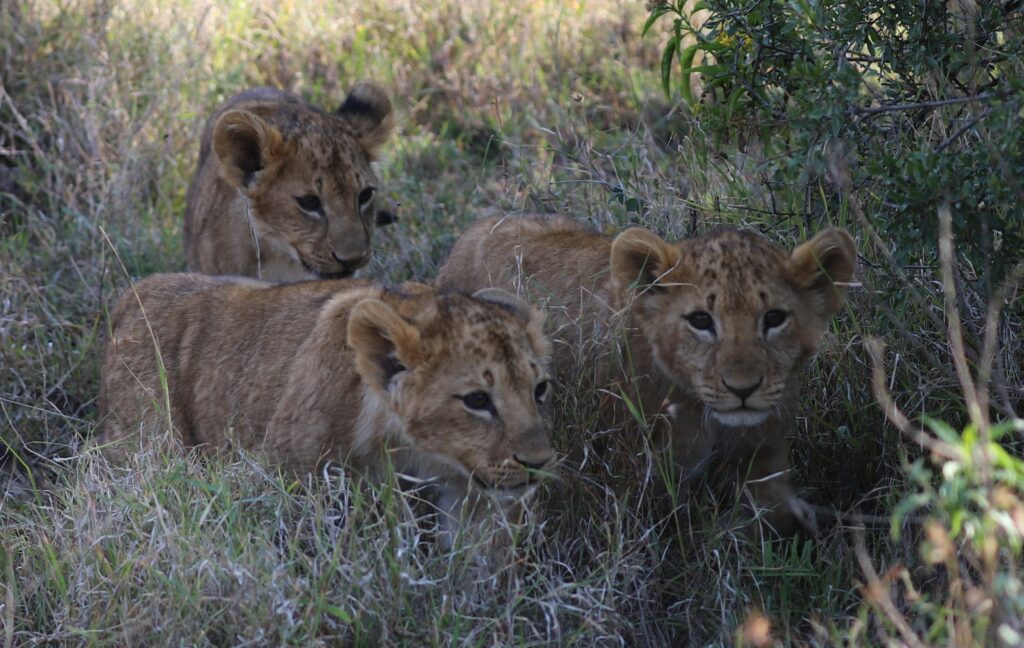




The Guides were surprised when the pack stopped within a hundred metres and seemed pre-occupied at another bush.
The Guide then commented that there was ‘something in the bush’.
It quickly became apparent that the lioness’s had left a previous kill under the bush and the two families started to enjoy another meal from the same carcass.
Tagged Mum leads the way to eating
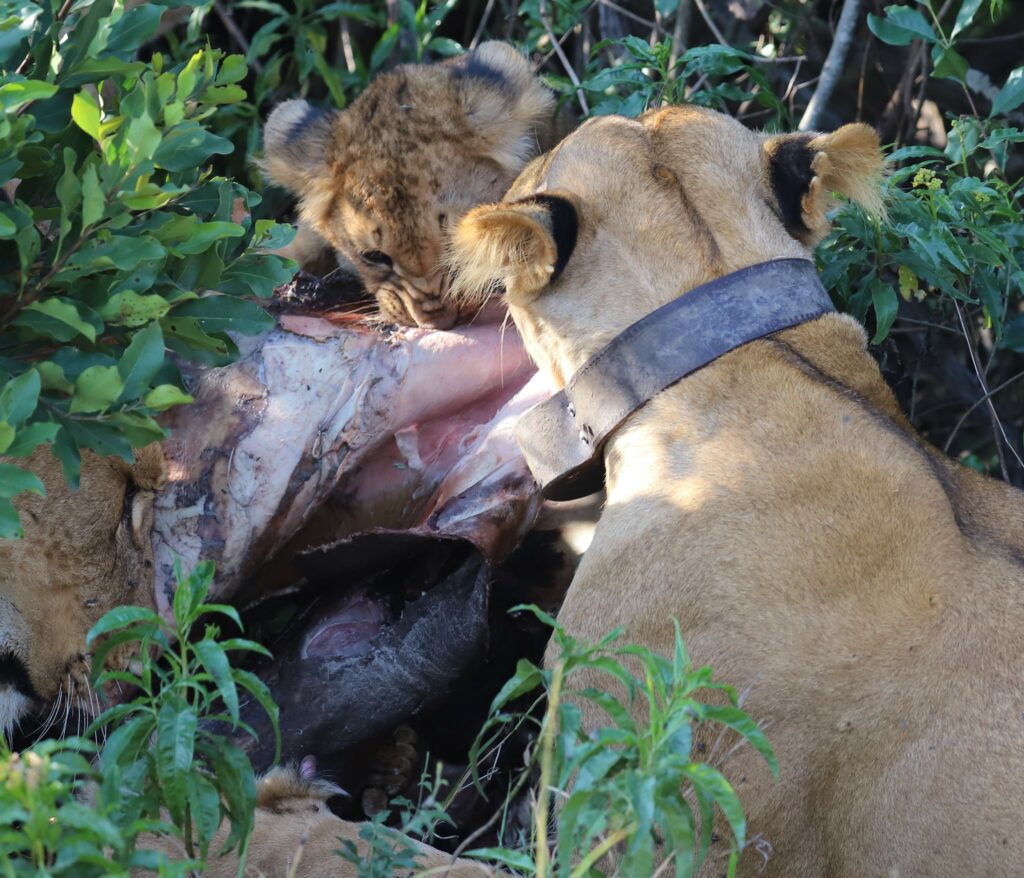
Video – Eating the prey
Everyone tucking in







Video – Further consumption of spare ribs, visibility of the Elephants foot
One of the cubs decided that the baby elephants ear was his….

The Mum’s have had enough to eat but the cubs keep going. It was at this stage we could see quite clearly that the prey had been a baby elephant.
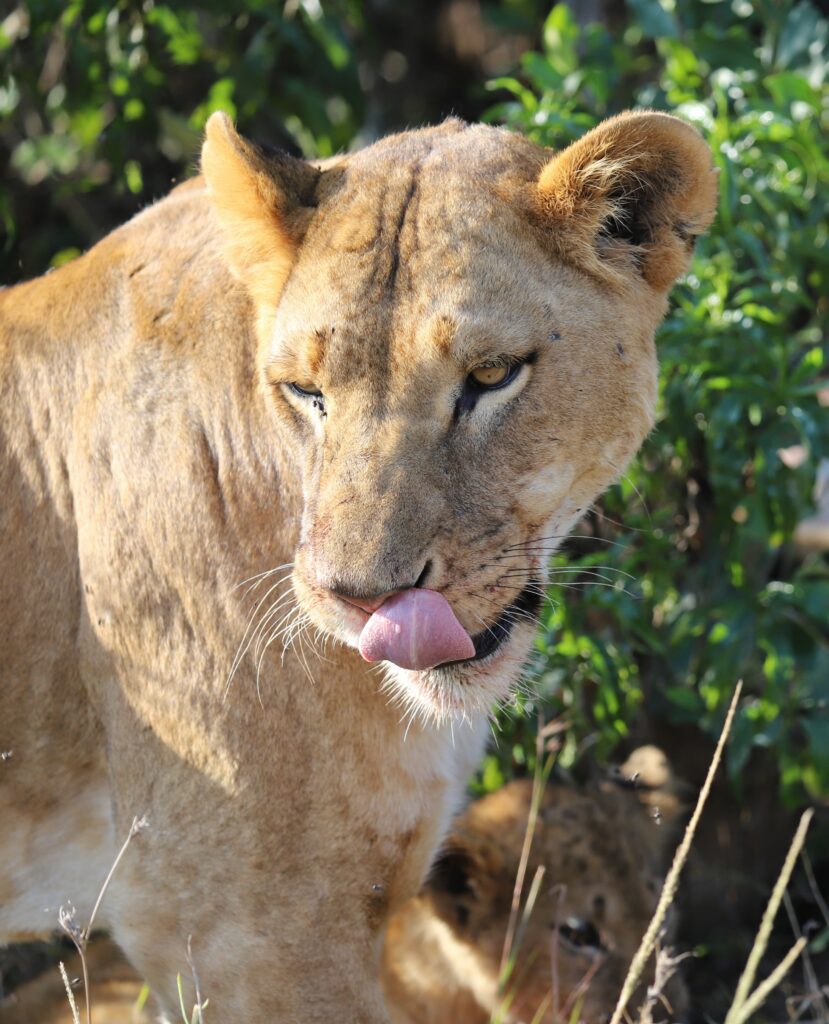

Mums have had enough, cubs continue especially with the foot, one cub decodes to have a go at an ear.
Hyena’s – on the way back to the CampSite

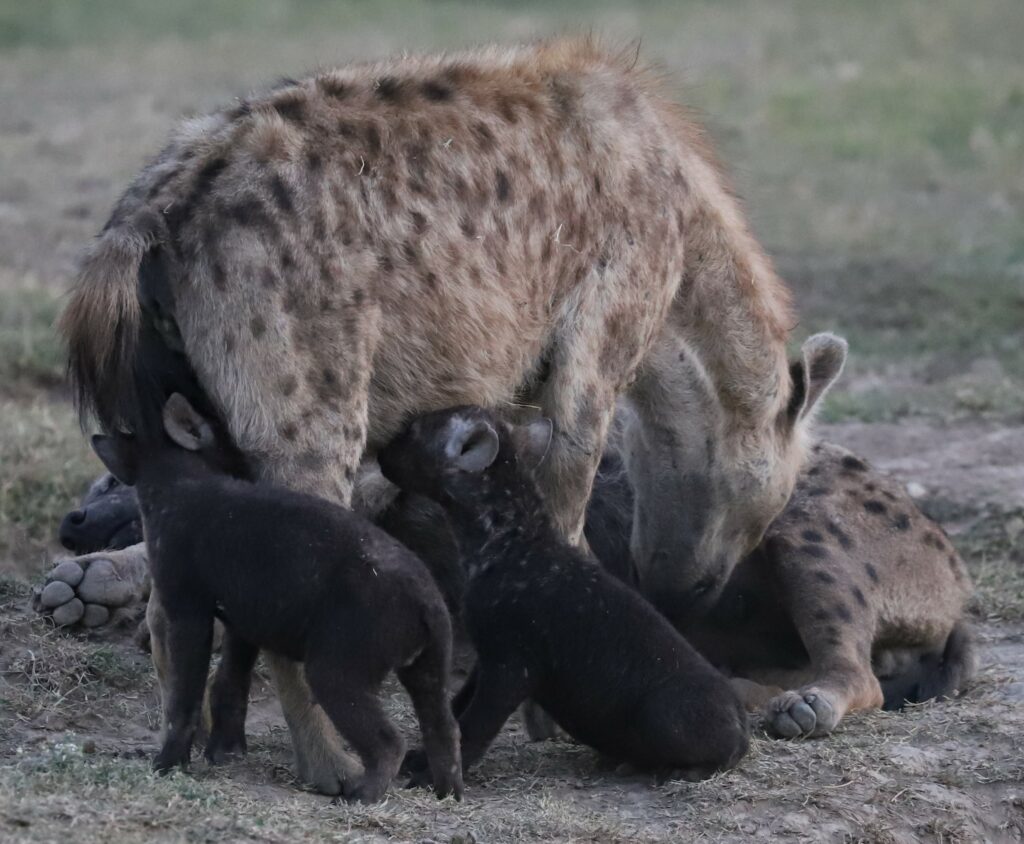

Video – Hyena’s with babies (low light, wind noise)
Dinner that night – Debbie’s Birthday Surprise



Video – This is the entry on the menu for that night – ‘Chefs Secret’. Watch this; all of the Camps Staff are present and celebrating Debbie’s birthday in a wonderfully melodic way!
Friday 20th – Wildlife / Livestock Integration and Endangered Species visit
Morning – 09:00 Wildlife Livestock Integration tour focusing on the farming side of the community
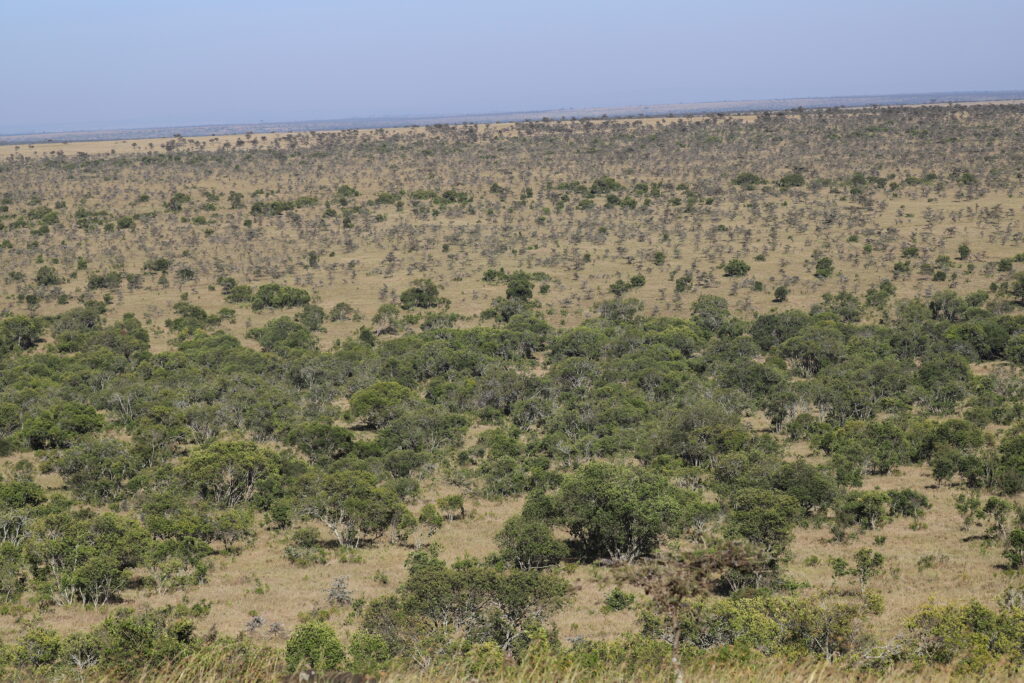
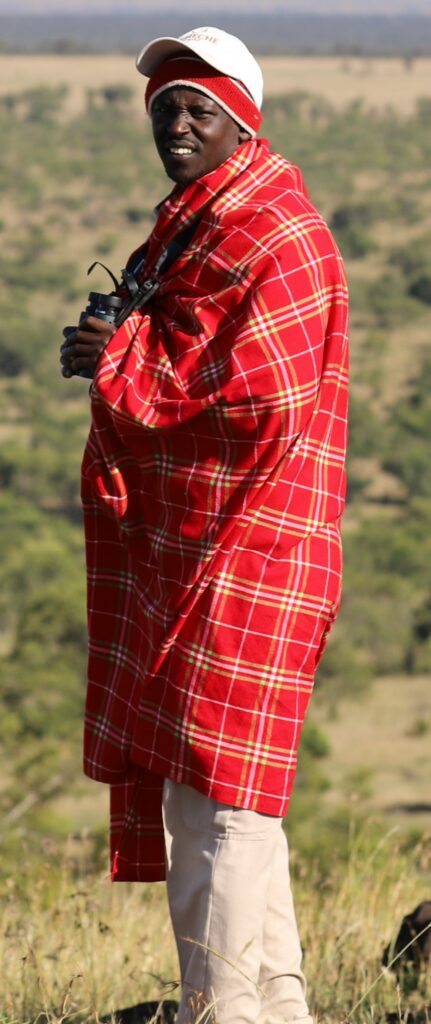
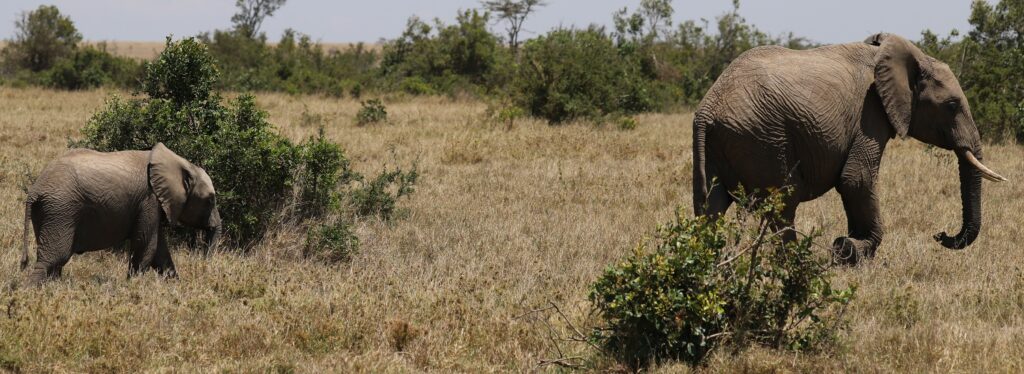
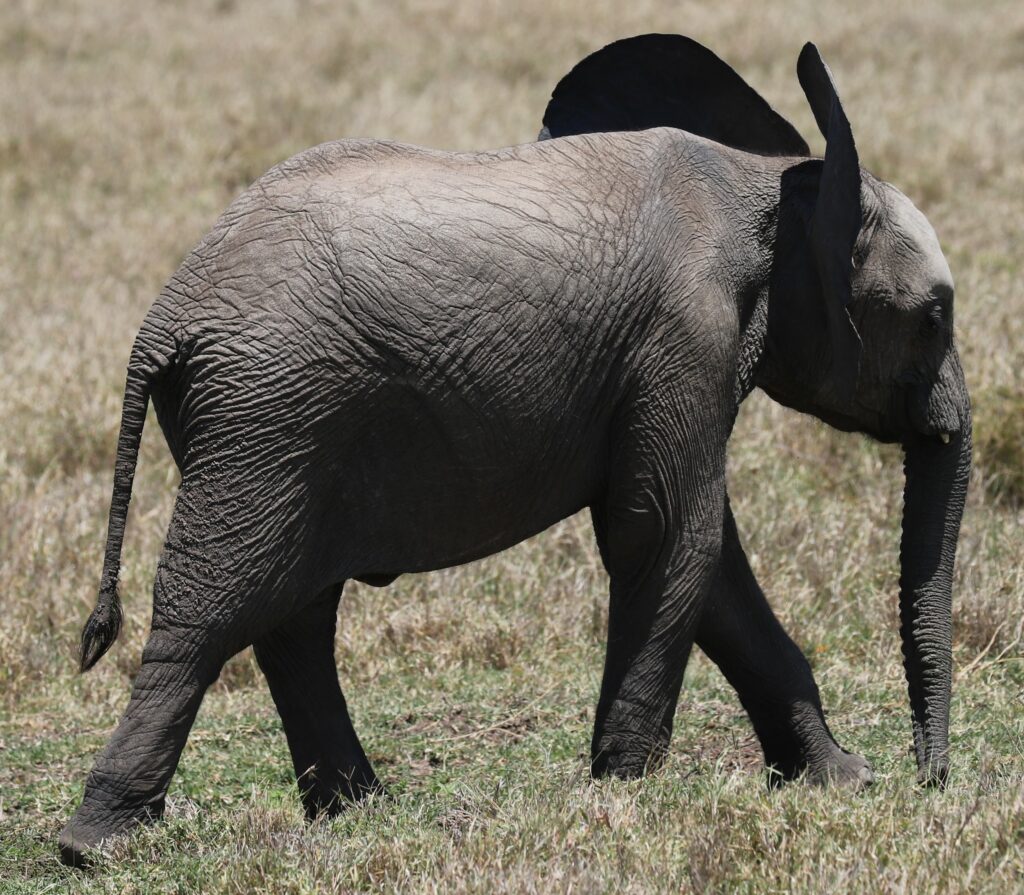








Onto the Conservancy’s Livestock





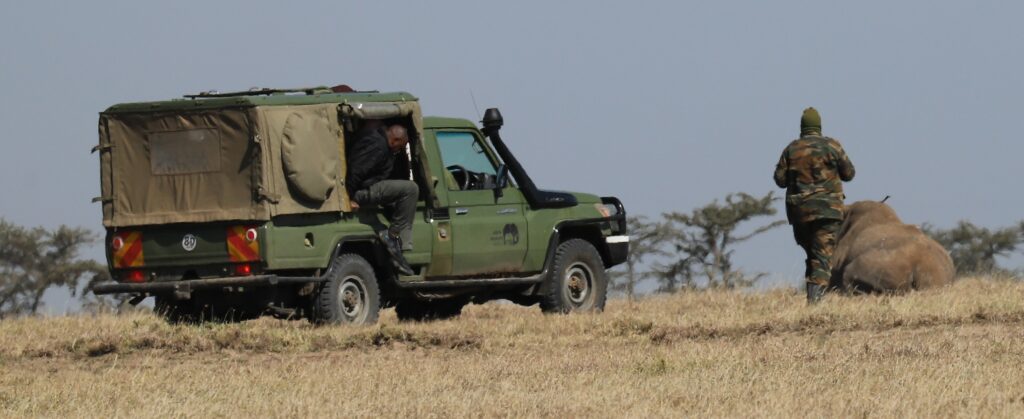


Rhino is notched and we all retreat. When he came to he wandered off, now with a pair of ‘notched’ ears. Apparently when on the ground if you clap he will raise his ears and his identifying notches are quite distinct.

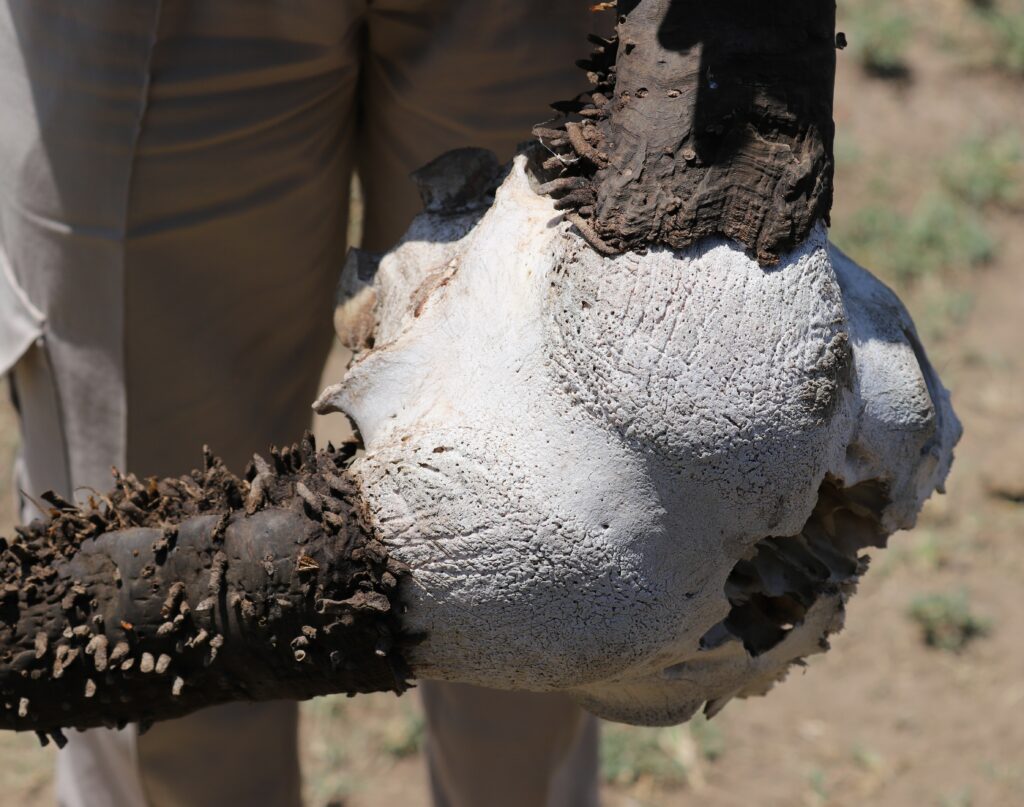
Afternoon – 16:00 – Visit to the Endangered Species Enclosure
- visit the endangered species enclosure which includes the last two remaining northern white rhino in the world,





























Saturday 21 – Transfer to Masai Mara and Game Drives
Transferred back to the local airstrip to connect with the scheduled SafariLink light aircraft flight, departing approx. 09:05, to the Masai – please note the aircraft may service several airstrips)



Kicheche Mara Camp, Mara North Conservancy, Masai Mara
Morning – Game Drive, Transfer and Game Drive




















































Cheeters tucking in to the recently killed Topi
Afternoon – Game Drive


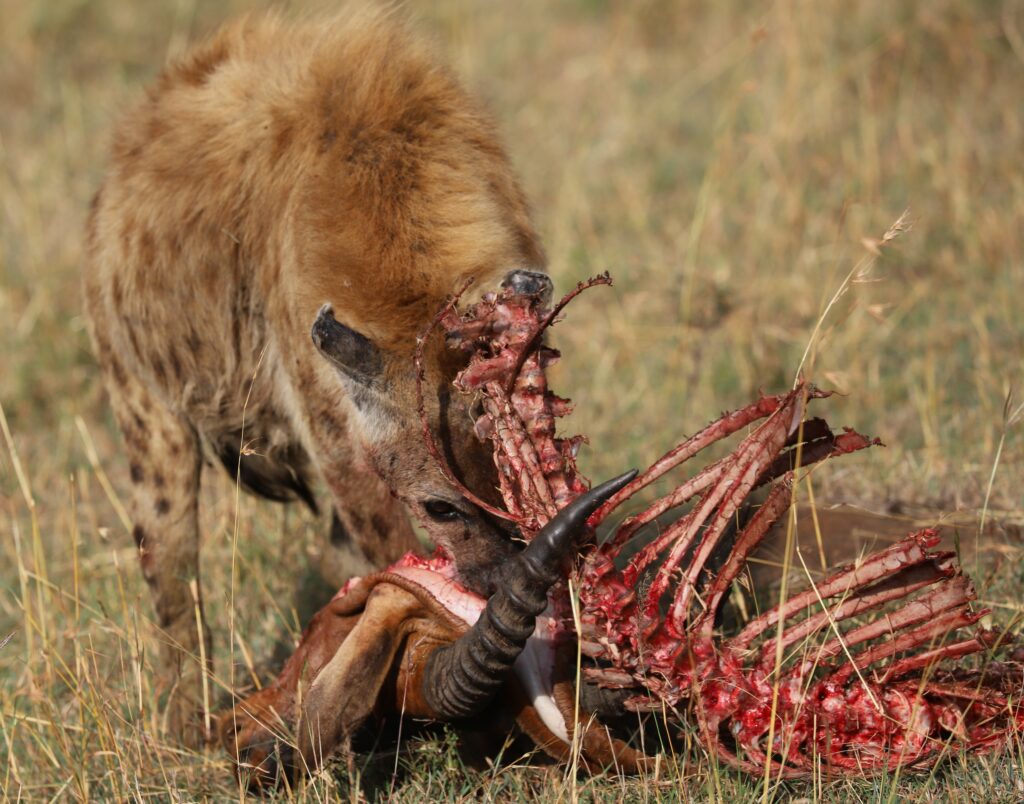





















Sunday 22
***
Morning




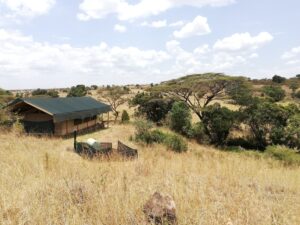

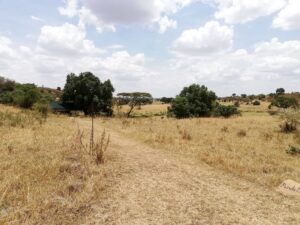





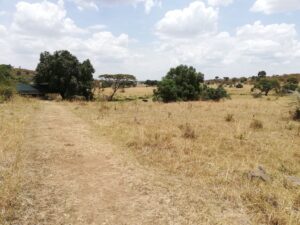












Afternoon

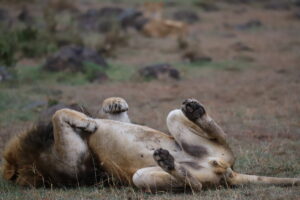








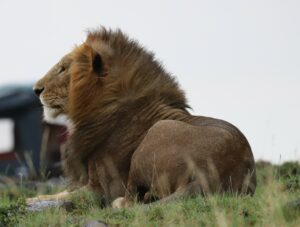



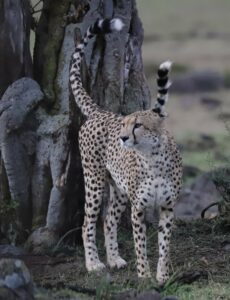




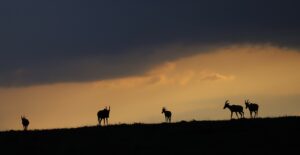




Monday 23
Morning


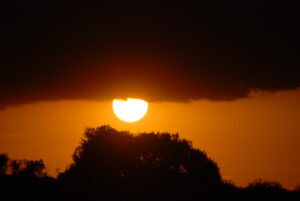




















Afternoon

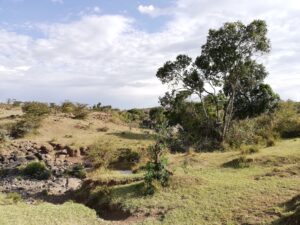




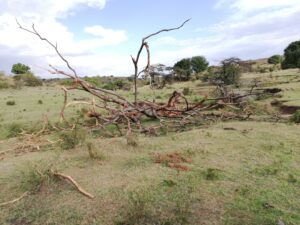





Tuesday 24 Game Drive
Morning – Game Drive, Lion Kill and Fight





Video – The other male lion sees an opportunity – Fight!
Video – She says NO!
Video – Male Lion decides to make us his…..






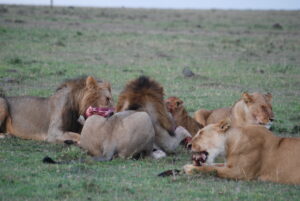
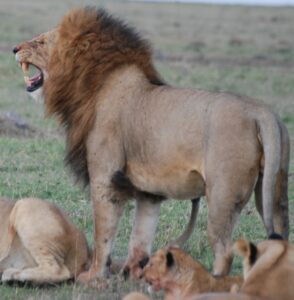

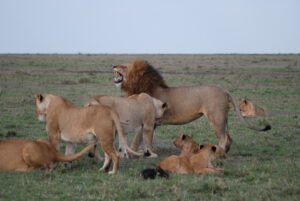



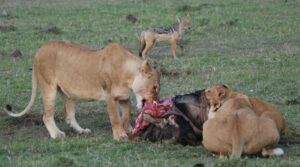



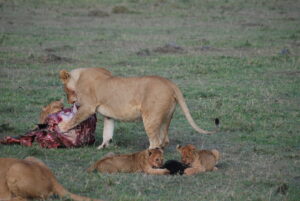



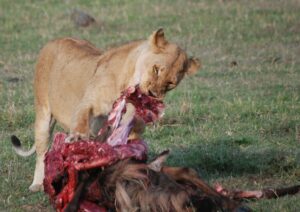
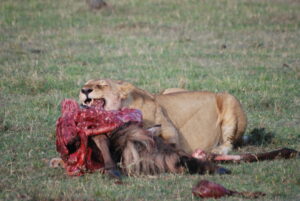






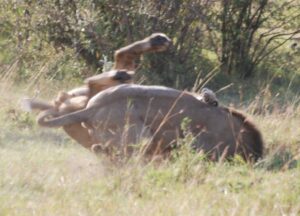


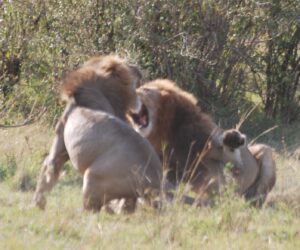





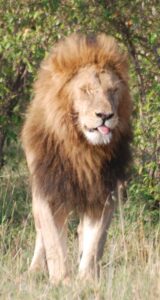








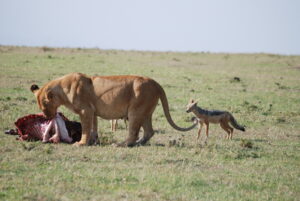





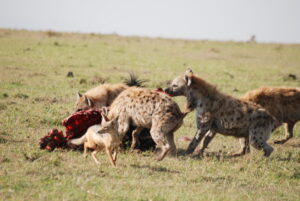









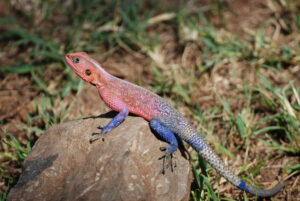







![]()








Afternoon

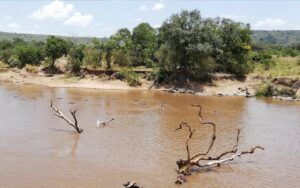
Wednesday 25th – Transfer to Water Lovers Hotel, Diani Beach
Morning
Afternoon
25 – 29 September 2019
By plane (Bi-Plane? – hope not!)
Water Lovers, Diani Beach, South of Mombasa
Description: Morning at leisure for further game-viewing. After an early lunch, transfer to the local airstrip where you connect with the scheduled Mombasa Air light aircraft flight, departing approx. 14hOO, to Diani/Ukunda on the Kenyan Coast (the e-ticket receipt for this flight is enclosed – please note the aircraft may service several airstrips). (Confirmed)
Afternoon arrival into Ukunda Airport (approx. 16h25), where you will be met by a Water Lovers representative (they will be holding a sign with your name – please keep a look out for it) and transferred to the hotel for a five night stay in a double room. Your days are at leisure to enjoy the white sand beach!
Water Lovers is a charming family owned and run bed and breakfast beach resort situated on Diani Beach, an hours drive south of Mombasa, or 15 minutes from Ukunda airstrip. It is a small and friendly property with just 8 spacious rooms contained within 4 two storey sea facing cottages, one ‘Wings’ family villa and one Ocean Penthouse apartment. Each cottage room has a private patio or balcony with either double or twin beds, mosquito nets, air conditioning, ceiling fan, safe and en suite bathroom with his and hers sinks and a shower. They even provide you with a local SIM card for your phone!
The Wings family villa is a self-catering unit situated at the back of the property with 2 en suite double rooms downstairs (with air-conditioning) and an open gallery upstairs with 2 extra double beds (fan only), sharing a bathroom. Please note the bedroom areas upstairs is open air and only divided by a curtain. There is a big-open-veranda= lounge area with a bar, a fully equipped kitchen and guest bathroom on the ground floor. You can either get all of your supplies from the nearby supermarket and selfcater, or hire a chef from the hotel, or you can simply join in and dine in the restaurant or at the beach bar. This is an ideal villa for a family group.
The Ocean Penthouse apartment has four bedrooms over two floors. The first floor has two double en suite bedrooms, while the second floor has a double bedroom and bathroom, as well as an open plan living room with a double bed. Three bedrooms have air-conditioning, all have ceiling fans. Located at the front of the property, above the restaurant, the penthouse has panoramic views of the beach and has its own private gym equipment, living area with sofas, flat screen TV and sound system. Although the apartment has an open-plan kitchen most guests choose to dine at the restaurant. This is an ideal apartment for families or couples travelling together.
At the beach there is a turtle shaped swimming pool with swim up bar area, and sun loungers on their private area of the beach (please note ‘beach boys’ selling goods do operate on the public beach). The cool but laid-back Ocean Spirit beach bar has comfortable sofas and swing seats, and leads up to an elevated dining platform overlooking the beach – a great spot for sundowners or a romantic meal.
The main building has the Tides Restaurant and lounge, but dining is usually al fresco on the beach. Being Italian run, the emphasis is on fresh food.
They make all their own breads, pasta, ice creams, cakes etc., and fish and prawns come straight out of the ocean. There is no buffet here, it is all waiter service, though the atmosphere is relaxed and informal.
Kayaks, bodyboards and snorkelling equipment are available on site, with a local fisherman providing short snorkelling trips directly from the beach at the front of the property (booked and arranged through Water Lovers).
For other activities there are numerous water sports centres at the neighbouring hotels.
Diani Beach – Introduction
Diani Beach is Kenya’s foremost tourist beach, located some 30 km south of Mombasa. The beautiful 25 km long white-sandy palm tree lined beach stretches from Tiwi beach in the north to Galu beach in the south, and includes the small town of Ukunda which is serviced by a small airport (with direct flights from the Masai Mara and Nairobi). The area is known for its coral reefs, the nearby Shimba Hills National Reserve (the only place in Kenya where you can see the sable antelope), and for its black-and-white colobus monkeys.
Aside from the string of hotels, there are a number of quality restaurants and shopping centres, as well as a couple of interesting nightclubs and bars. Diani Beach is a popular water-sport destination with diving, snorkelling, wind surfing and kite-surfing, and sailing all available. Deep-sea fishing can also be arranged, although this is best a little south of Diani in the Pemba Channel. Other activities in the area Golf and sailing dhow safaris„ The enough to do day excursions to Mombasa with all its historical and cultural interests.
Please remember that much of the East African coastline has a strong Islamic culture, and that you should dress appropriately when in public areas. During the month of Ramadan, further courtesy should be shown to those observing their faith, particularly in respect to service which you may find slower than usual.
Friday 27 September
Morning
















Afternoon







Saturday 28 September
Sunday 29 September
30 September 2019
BA64 Nairobi to Heathrow
,23:35 – 1 October 2019, 06:20
Description: Depart: 23.35
Arrive: 06.20 Terminal 3.


